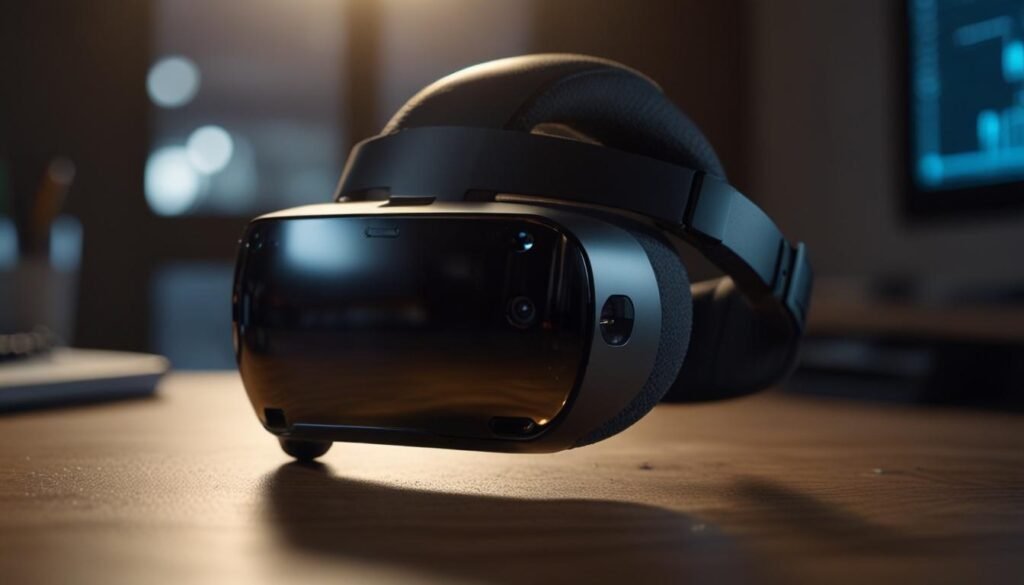The cessation of HoloLens headset production signals a strategic pivot for Microsoft towards artificial intelligence, as the company confirms continued software support until December 31, 2027.
Microsoft has announced the cessation of production and sales for its HoloLens mixed reality headsets, marking the end of an era for the company’s foray into augmented and virtual reality. In a statement made to UploadVR, Microsoft confirmed it would no longer produce its latest model, the HoloLens 2, which was released back in 2019. Consumers can still purchase the device, but only while remaining stocks last.
Following this announcement, Microsoft assured that the HoloLens 2 will continue to receive necessary updates aimed at addressing critical security issues and any software regressions until December 31, 2027. While these updates will sustain functionality and security for existing users for the coming years, production halts signal a major shift in Microsoft’s focus towards other technological areas, notably artificial intelligence.
The original HoloLens headset was introduced in 2016 with promises of transforming user experiences through sophisticated augmented and virtual reality. Despite the ambitious launch, the initial reception fell below expectations, hampered by challenges such as its high price point. Originally costing $3,500, the headset primarily targeted corporate and specialist users instead of the broader consumer market.
An example of such specialised use involved the HoloLens systems developed for the US Department of Defense. The US Army continues to leverage Microsoft’s technology for its Integrated Visual Augmentation System (IVAS), with a significant order of 5,000 headsets that commenced following approval from Assistant Secretary for Acquisition, Douglas Bush, in September 2022. This agreement, valued around $373 million, followed successful field tests of the technology’s capability.
The HoloLens segment within Microsoft had seen internal changes in recent years, including speculation about developing a third-generation model. However, these efforts appear to have been abandoned amidst company layoffs and budget reductions affecting the division’s workforce. Additionally, the former head of the HoloLens division, Alex Kipman, exited the company in 2022 under the cloud of misconduct allegations.
During Microsoft’s tentative continuation of HoloLens development, the market saw other tech giants, such as Meta and Apple, enter the fray, increasing competition within the augmented and virtual reality space. These dynamics, alongside Microsoft’s strategic pivot towards artificial intelligence, likely contributed to the decision to shelve further advancements in the HoloLens line.
The company’s shift from HoloLens marks an inflection point in Microsoft’s technological strategy, suggesting an evolving focus that aligns more closely with contemporary technological priorities and market demands. HoloLens will continue to serve existing markets and needs through its concluding phase, albeit with constrained production and a finite support timeline.
Source: Noah Wire Services
















